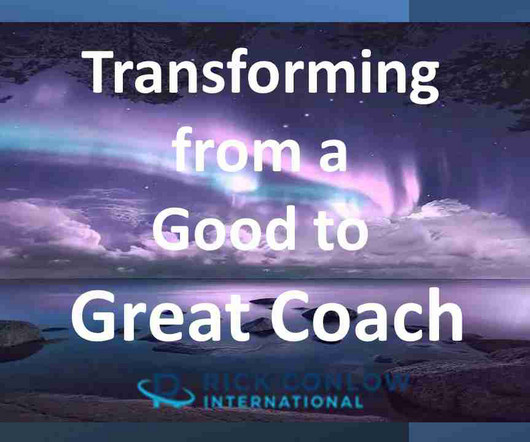Why Companies Are Creating Their Own Coworking Spaces
Harvard Business
SEPTEMBER 24, 2018
As of June 2018, corporate occupiers make up roughly one-quarter of WeWork’s members and revenues. The purpose of these spaces can vary widely, but they typically fall into one or more of three groups: transformation, innovation, and future-proofing. Who uses them? And what do they look like? Corporate coworkers seek the same.













Let's personalize your content